Khashayar Hajiahmad, EPT Clean Oil, November 16, 2022 | Now that I am certified in Varnish & Deposit Identification and Measurement (VIM) and Varnish & Deposit Prevention and Removal (VPR), it is a good time to reflect on these exams developed by ICML.
I started dealing with varnish issues when I was a lubrication management consultant in a very large oil and gas facility in Oman. Our customer was suffering from lubricant-related deposits in many turbo machines across oil, gas, and power plants in their facilities. At that time, my cooperation with EPT Clean Oil had started, and I applied SVR® machines to their problematic oils and resolved the issue.
Why Certify?
Dealing with any lubricant-related issue, you should first be able to identify and measure it correctly and then apply the right technology to address that issue. This is how VIM and VPR training, examinations, and certifications help any reliability engineer. They prepare practitioners to apply the right sets of knowledge to address critical varnish issues.
I wanted to be certain that my own varnish-related knowledge was relevant, so I started first to go deep in the body of knowledge (BoK) of VIM exam for preparation. I read 90% of the resources listed in the VIM domain of knowledge, especially having access to my colleague, Dr. Matthew Hobbs, MLT I, who holds a Ph.D. in Chemistry and is an award-winner from ASTM Turbine oil committee. He helped me prepare for chemical questions.
The VIM exam BoK includes four topical areas:
- Problems Associated with Varnish and Deposits (20%)
- Varnish and Deposit Composition (24%)
- How Breakdown Products/Contaminants Become Deposits (24%)
- Oil Analysis Techniques that can be used to Gauge Breakdown and Propensity Towards Deposit Formation (32%)
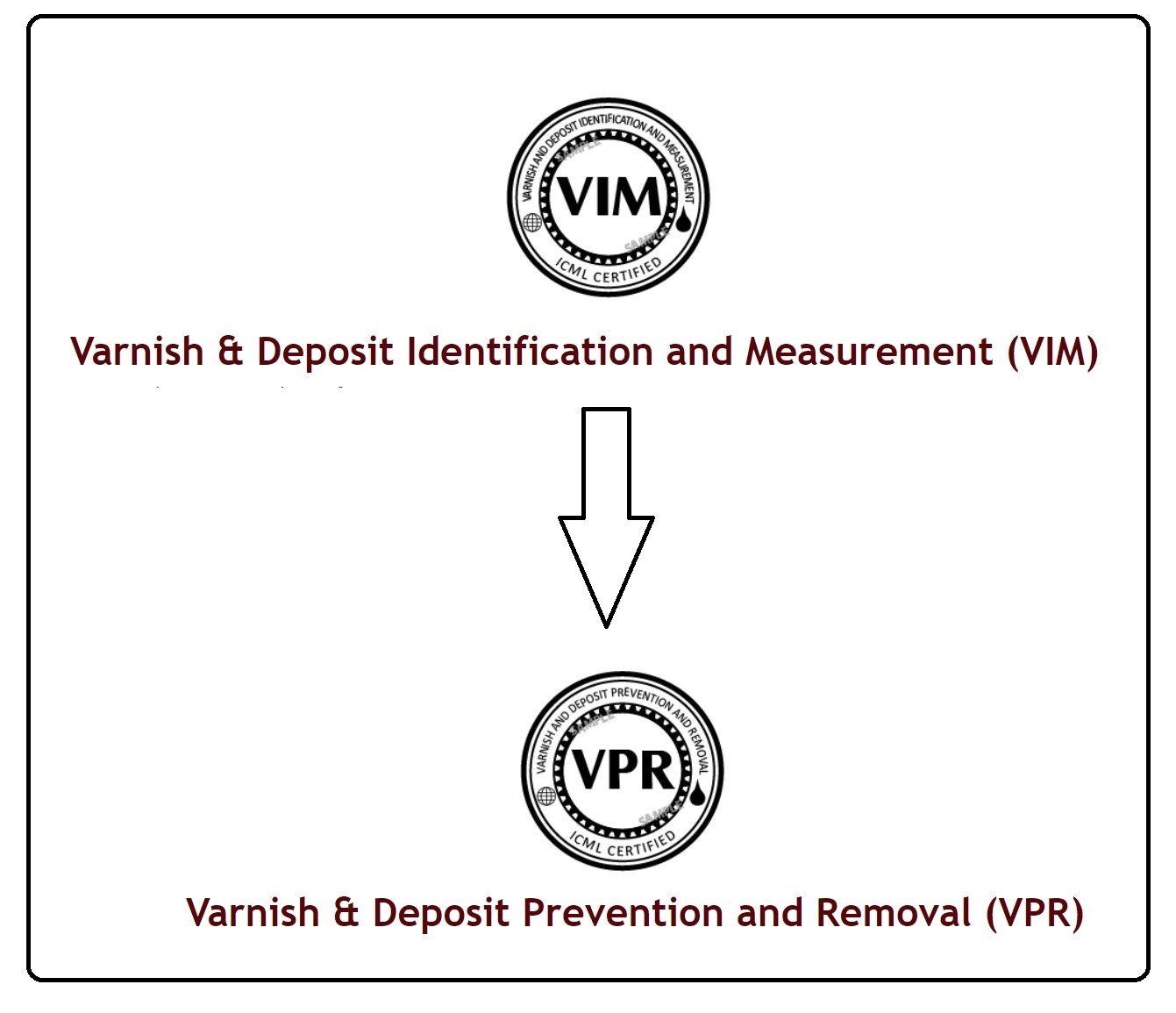
You can note that these four categories are selected in a way to address all needs related to testing for identification of varnish.
My VIM exam experience was positive, as I found the test itself included very relevant and important questions. Having gone through the exam, I received my scores for each BoK area (shown below). These results confirmed that the steps I have been taking to address varnish identification and measurement issues are all correct.
Having a 100 % proficiency in a field gives me confidence dealing with any turbine compressor lubricant-related failure.


One badge at a time for me
Once I was VIM certified, then it was a great time to focus on the VPR exam. So, I looked into the VPR exam body of knowledge:
- Problems Associated with Varnish and Deposits (20%)
- Factors Affecting Breakdown (28%)
- Proactive Methods that can be used to Minimize Oil Breakdown (16%)
- Methods/Technologies that can be used to Remove Oil Breakdown Products and/or Prevent Deposits (36%)
The VPR exam would give me a great understanding of the differences between various technologies available today for removal of varnish. This exam was full of practical questions in the field and all my practical knowledge was tested, and I am so happy with 100% results achieved.

Empowerment
With great results in these exams and going through the Domains of Knowledge mentioned by ICML here and here, I could gain expertise which is enough to handle turbo machinery lubricant degradation issues and support many users in my area.
Here are some examples how the VIM and VPR certifications have empowered me:
- Users send their oil analysis reports, and it is easy for me to identify which tests they should do.
- Users send their oil analysis reports and ask for alarms and limits which I can easily answer them.
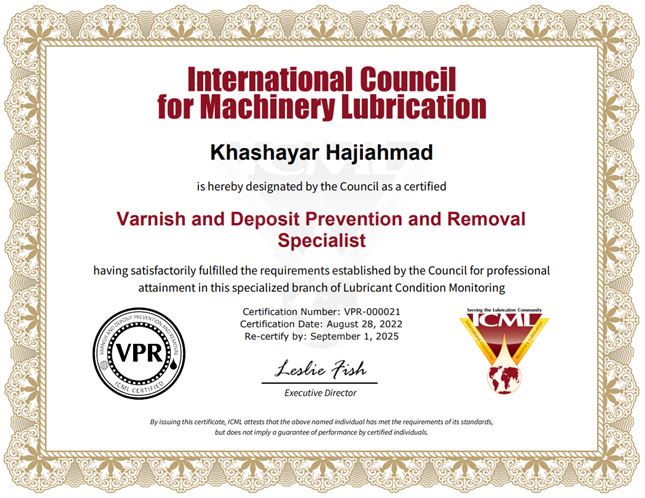
- Users have a varnish removal unit on-site but still acid number is increasing, additive consumption is high, MPC varnish potential is fluctuating, vibration and temperature peaks are happening, etc., and I have the knowledge to analyze and provide the solution.
- Users use aftermarket additives and ask me what are the benefits and risks, I can answer that.
- Users ask me about Ion Exchange resin-based filtration technology and, working for the company that invented it [Turbine and Compressor Lubricant Chemistry Management | EPT (cleanoil.com)] and after ICML certifications, I can easily define the difference of the resins available in the market.
My advice: If you work in the fields of turbo machinery condition monitoring or reliability, go for VIM and VPR exams from ICML. You can save potentially millions for your company by enabling yourself to fight against this dominant failure mode of lubricants, and to be an expert in Lubricant Chemistry Management.
Header Image: Courtesy of Khashayar Hajiahmad
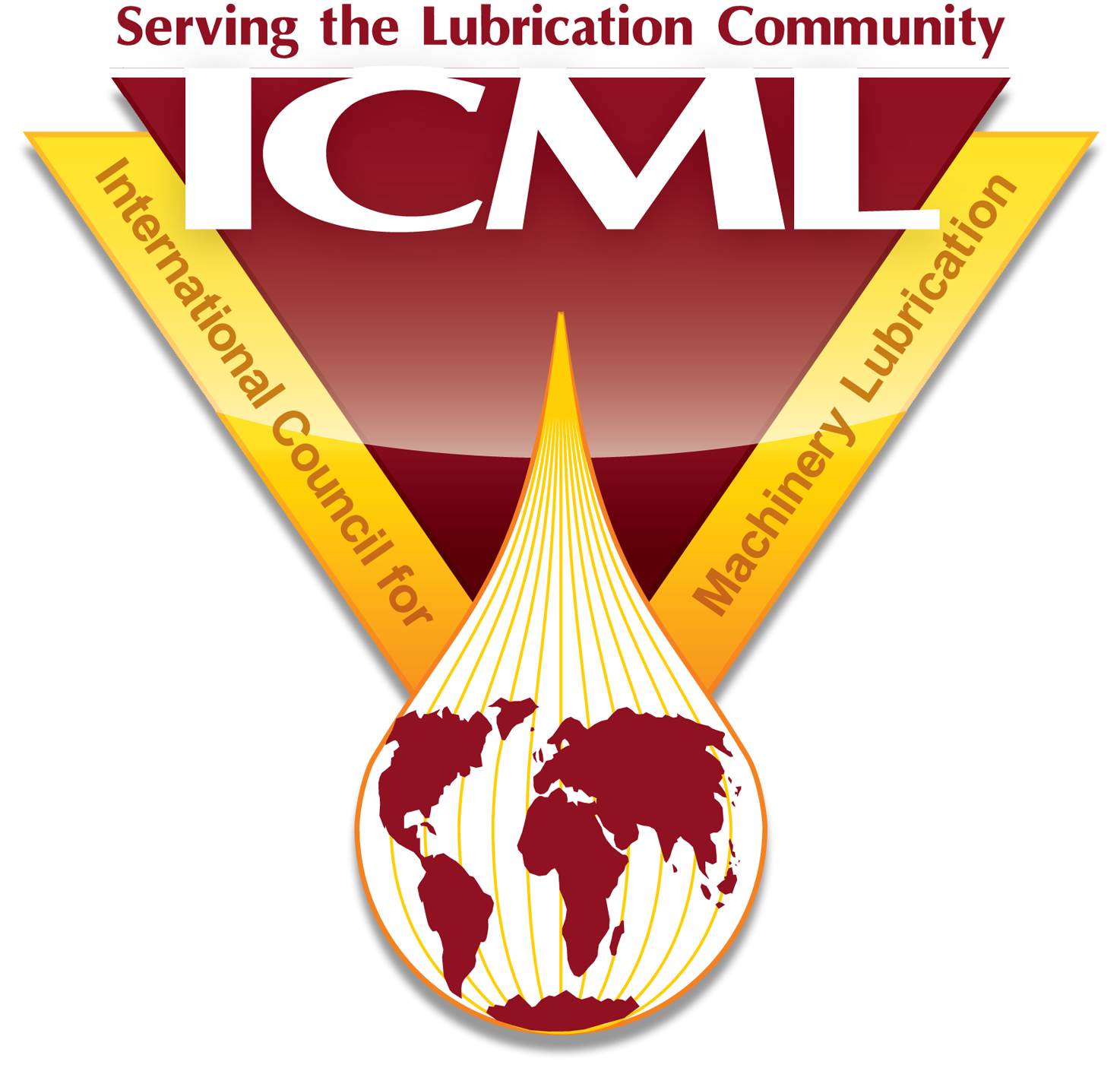
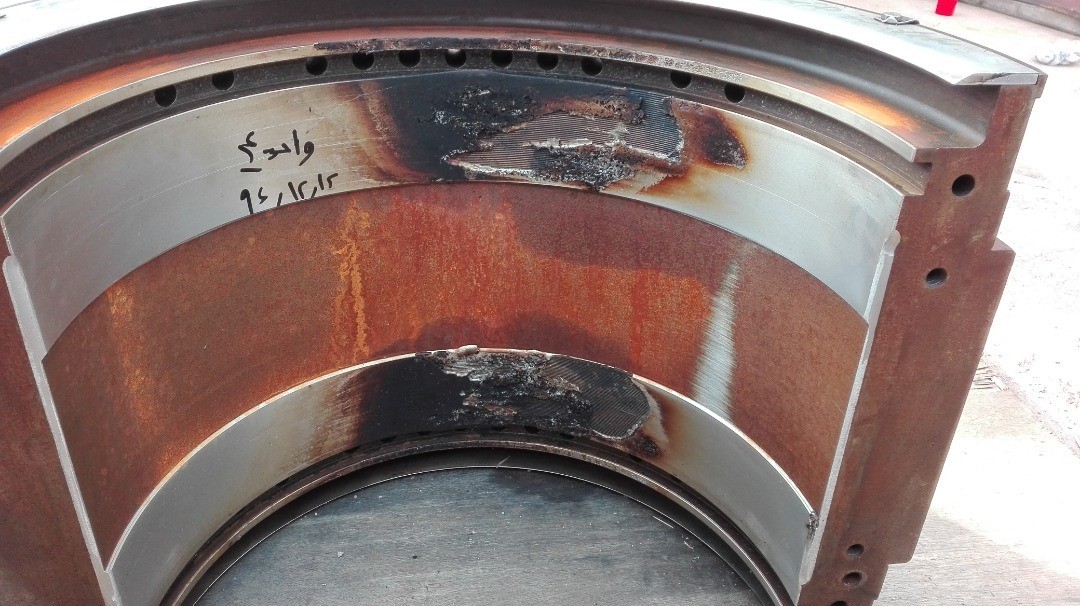



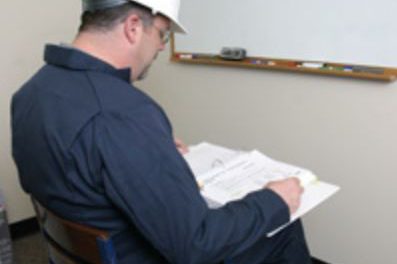


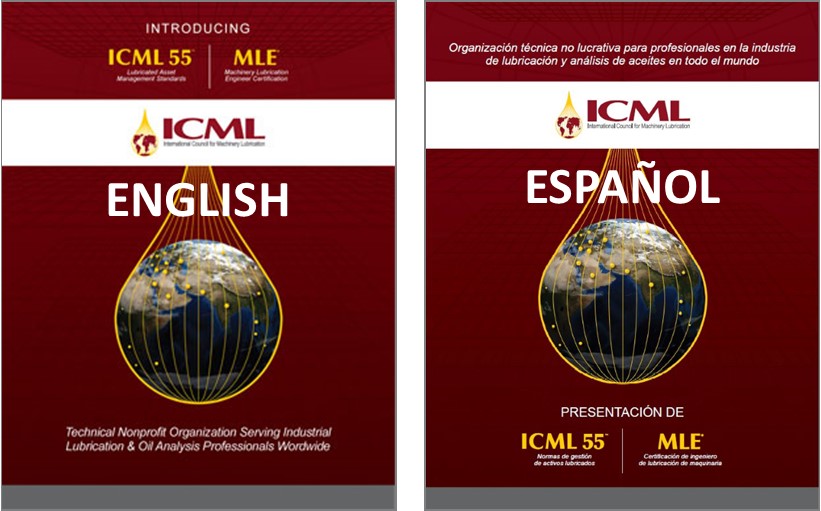
Insightful article
Thanks, Happy you found it useful